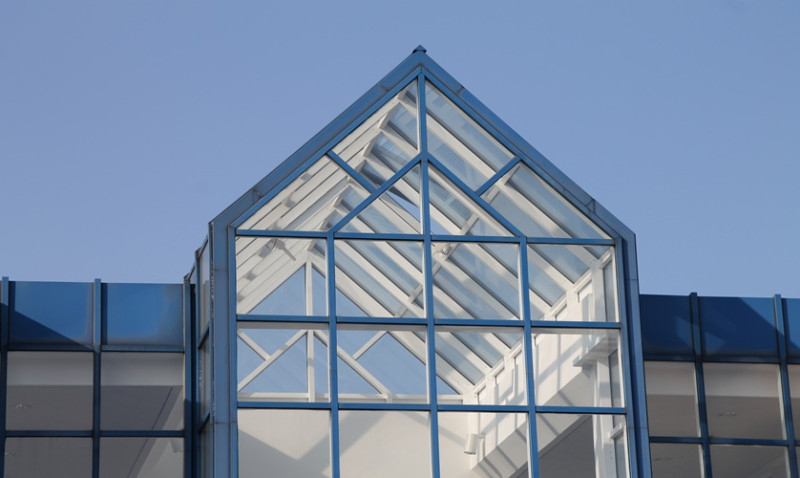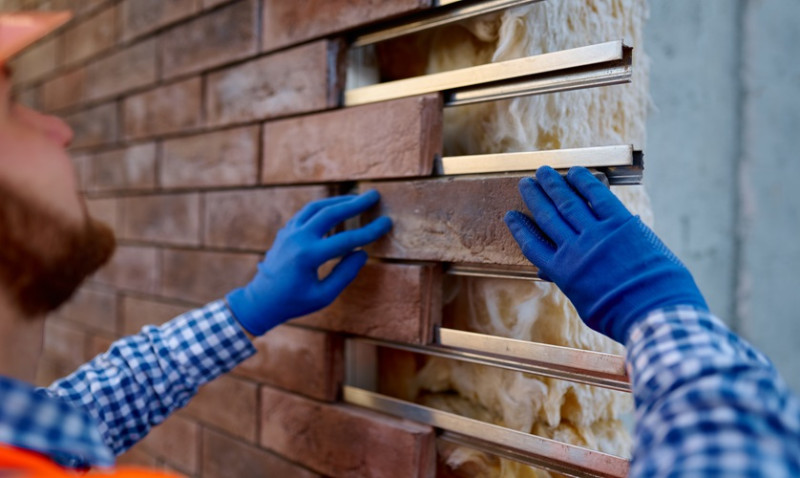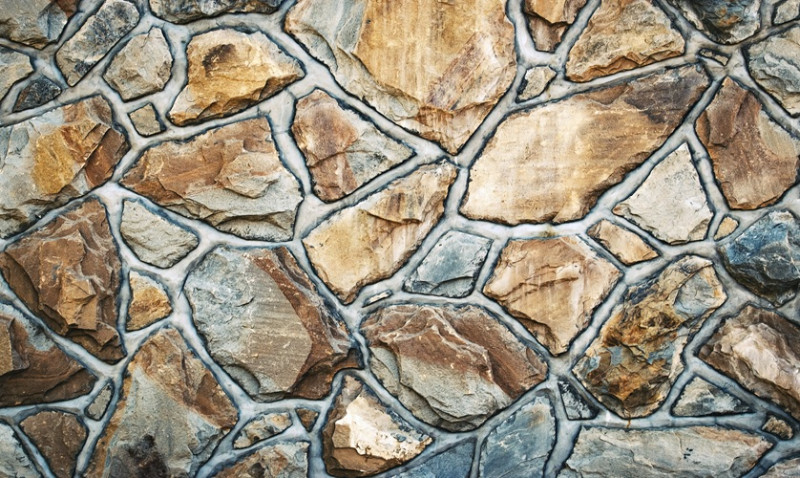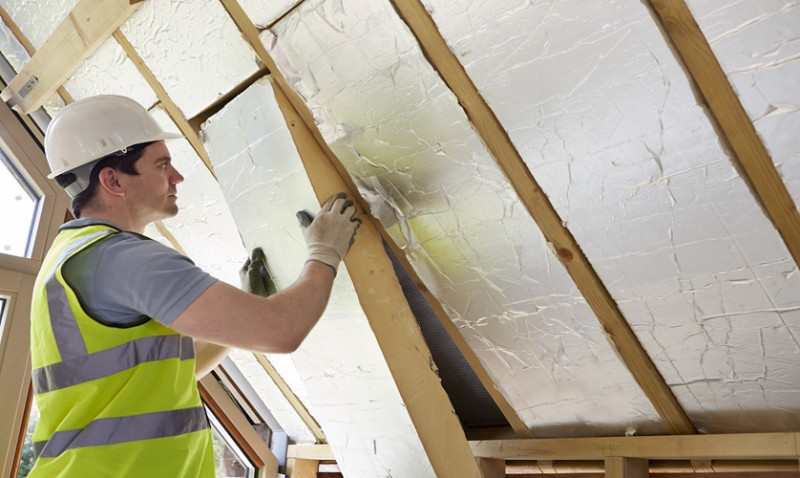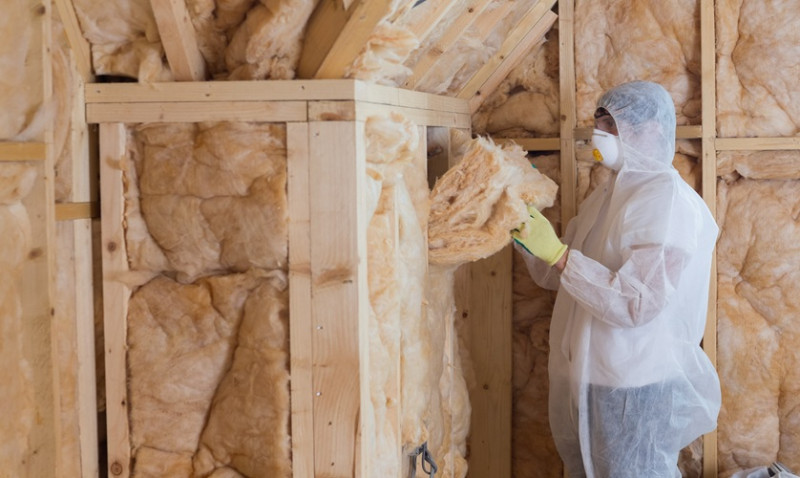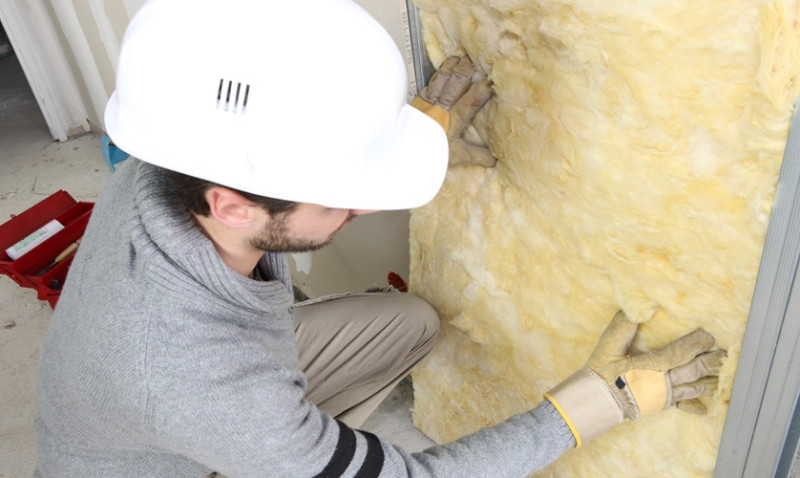
Insulating solid walls is one of the most effective ways to improve your home's energy efficiency, lower your heating bills, and create a more comfortable living environment. Unlike cavity walls, which include a gap that can be filled with insulation, solid walls have no such space, making them a more challenging—but ultimately more rewarding—prospect for insulation. Whether you're a hands-on DIY enthusiast, a young professional redecorating your flat, a seasoned tradesperson or an architect designing eco-conscious homes, this guide is tailored to you.
Why Insulate Solid Walls?
Solid walls are commonly found in homes built before the 1920s in the UK. These walls can lose twice as much heat as cavity walls if left uninsulated. As energy bills rise and sustainability becomes more important in domestic design, insulating solid walls helps meet environmental standards while significantly reducing heat loss.
Insulating solid walls can cut heating costs by up to £480 annually in a typical UK home, according to Energy Saving Trust figures. Beyond cost savings, proper insulation plays a vital role in reducing your home's carbon footprint, improving acoustics, and minimizing condensation and mould growth.
Another important factor is indoor comfort. With the UK's unpredictable climate, homes with solid wall insulation tend to retain heat not just in winter, but also stay cooler in summer — a big win for year-round comfort.
Moreover, if you are planning to redecorate your home, insulation offers a great opportunity to redesign your interiors or exterior with better performance materials while combining visual appeal.
Different Methods of Solid Wall Insulation
There are two main ways to insulate solid walls: internal wall insulation and external wall insulation. Each has its pros, cons, and best-use scenarios, and your choice will depend on your property's age, structure, aesthetic preferences, and budget.
Internal Wall Insulation (IWI)
Internal wall insulation involves the application of insulation materials on the inside surface of external walls. This can be done using rigid insulation boards or by building a stud wall filled with mineral wool or other insulating materials.
This method is ideal for homeowners on a tighter budget or those who are looking to renovate individual rooms rather than the whole house. It’s also often the go-to solution in conservation areas where altering the exterior is not permitted.
The main advantage is cost — internal wall insulation is generally cheaper than external methods. Installation is also faster and more convenient for standard home interiors.
However, it does reduce room size slightly and may require adjustments to electrical wiring, skirting boards, and other fixtures. Proper ventilation must also be maintained to prevent damp risks.
External Wall Insulation (EWI)
External wall insulation involves applying a layer of insulation material to the outside of the property and then covering it with a protective rendered or decorative finish, such as brick slips or cladding.
This method is ideal for homes where internal space is a concern — particularly desirable in smaller UK homes where optimising usable square footage matters. It's also beneficial from an aesthetic standpoint, allowing homeowners or designers to upgrade facades during the process.
The main advantages include better thermal performance, minimal disruption to indoor living during installation, and reduced risk of internal condensation. Additionally, external insulation can enhance curb appeal and provide the exterior with long-term weather protection.
Because of the comprehensive nature of this solution, it is more expensive and usually requires professional installation. Planning permission may also be necessary, especially for listed buildings.
Choosing the Right Insulation Materials
Different materials can be used depending on whether you choose internal or external insulation, thermal performance requirements, and whether eco-friendliness is a priority. Here’s a breakdown of common options:
| Material | Type | Thermal Conductivity (W/mK) | Best for |
|---|---|---|---|
| PIR Boards | Rigid foam | 0.022-0.027 | Internal insulation, space-constrained walls |
| Mineral Wool | Flexible/fibrous | 0.035-0.045 | Stud wall systems, acoustic insulation |
| Wood Fibre | Natural fibre board | 0.038-0.055 | Sustainable homes, vapour-permeable walls |
| EPS (Expanded Polystyrene) | Rigid foam | 0.030-0.040 | Exterior wall insulation systems |
| Phenolic Foam | Rigid foam | 0.018-0.022 | High-performance projects, space-saving systems |
Make sure to also factor in moisture resistance, breathability (vapour permeability), and fire performance when selecting insulation materials — especially for older buildings.
Step-by-Step Guide to Installing Internal Wall Insulation (DIY)
If you're confident with tools and basic joinery or plastering tasks, insulating solid walls internally can be a rewarding DIY project. Here's a simplified step-by-step guide:
- Assess Your Walls: Check for damp patches; these must be treated before insulation is applied. Perform a structural check to ensure the wall can accommodate added loads.
- Measure and Cut Insulation: Rigid boards like PIR should be cut to size using a fine-toothed saw. Ensure tight joints to eliminate thermal bridges.
- Fix Insulation to Walls: Boards can be secured using mechanical fixings or adhesive depending on the substrate. Some systems use metal or timber battens.
- Tape and Seal Joints: Use foil tape for vapour barrier sealing. Always seal gaps around windows and corners for airtightness.
- Install Plasterboard: Fix plasterboard over the insulation using mechanical fixings or dot-and-dab adhesive.
- Skim and Finish: Apply skim plaster for a smooth wall finish before painting or decorating.
Costs and Grants for Insulating Solid Walls
The cost of insulating solid walls in the UK varies based on the chosen method, property size, and complexity. On average:
- Internal Wall Insulation: £40 - £70 per m²
- External Wall Insulation: £90 - £140 per m²
While this may seem a significant upfront investment, the long-term savings on heating bills often justify the cost over time. Plus, there are financial support options for UK homeowners, such as:
- Green Deal loans
- Energy Company Obligation (ECO) scheme
- Home Upgrade Grant (HUG) in select areas
Consult with your local council or certified insulation provider to find out whether you're eligible for financial support schemes.
Common Mistakes to Avoid
Insulating solid walls is a technical process that must be handled with care, especially when dealing with older properties. Avoid these common pitfalls:
- Ignoring moisture issues or covering damp walls could worsen mould problems.
- Using the wrong insulation material for the wall type can trap moisture and cause structural issues.
- Skimping on airtightness measures reduces insulation effectiveness.
- Failing to reposition electricals and skirting properly can create practical and aesthetic issues.
- Neglecting to seek professional advice when needed can result in costly rework.
If in doubt, consult a certified installer or building surveyor, especially for period properties or those in conservation areas.
Final Thoughts
Adding solid wall insulation is more than a way to lower your energy expenses — it's an investment in your property’s comfort, value, and sustainability. Whether you're retrofitting a Victorian terrace, modernising a mid-century flat, or advising clients as an architect or tradesman, understanding the process and available materials is essential to success.
DIYers and professionals alike should prioritise good planning, the right materials, and quality execution. With the right approach, you can transform cold, uninsulated walls into efficient, modern spaces built for the 21st century.
Interested in getting started with wall insulation? Check out our top-rated insulation products and tools or speak with one of our experts for a personalised recommendation!
